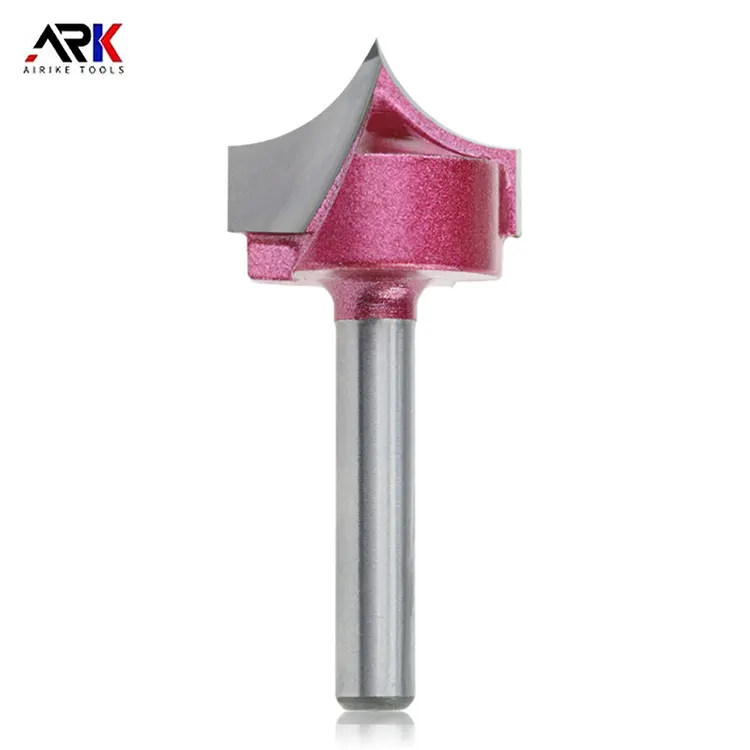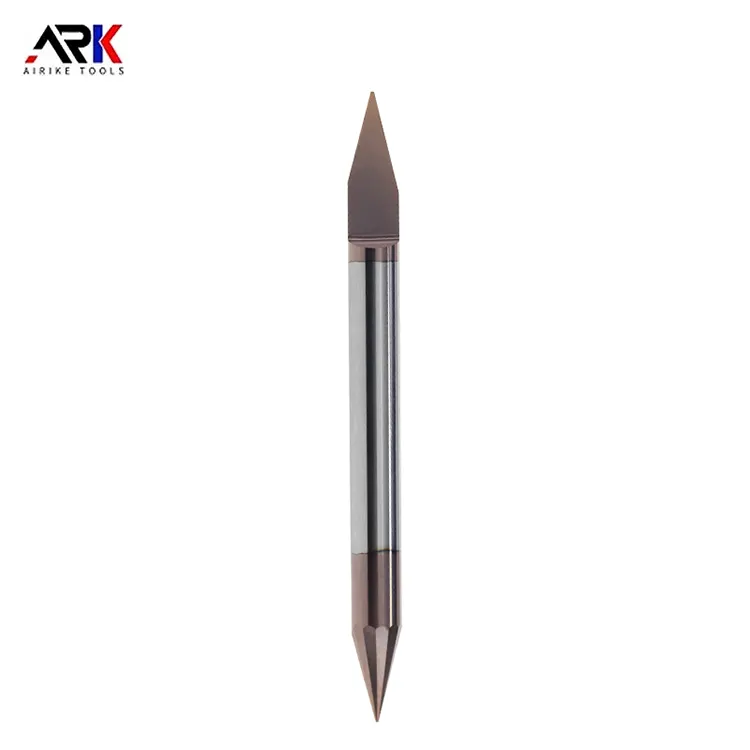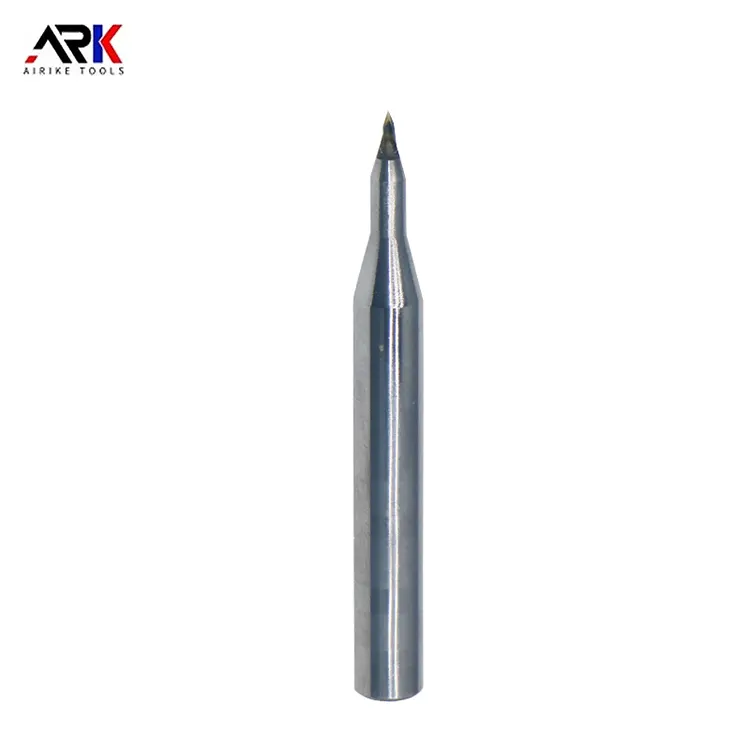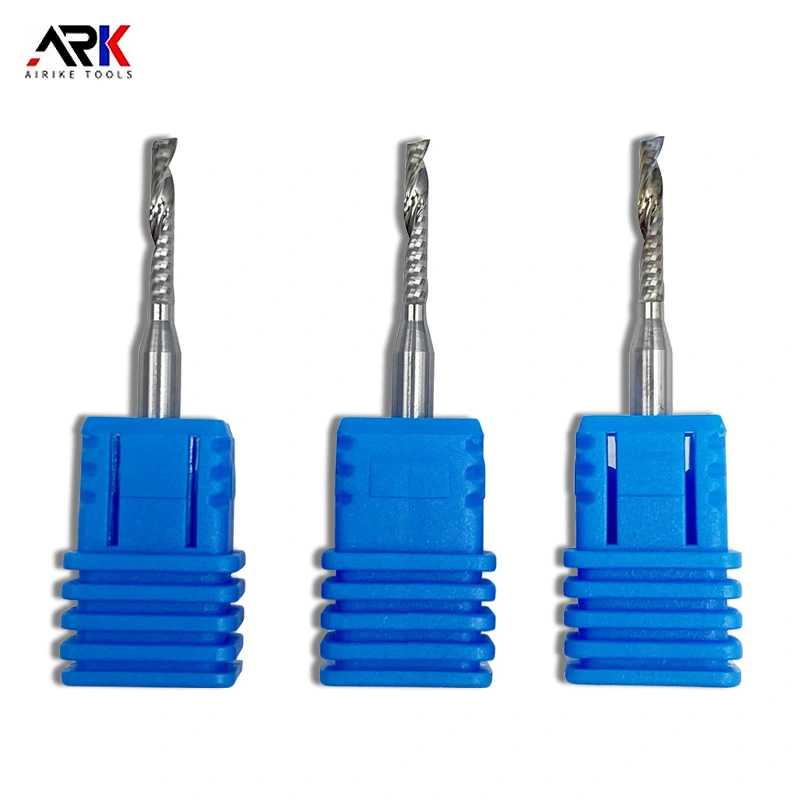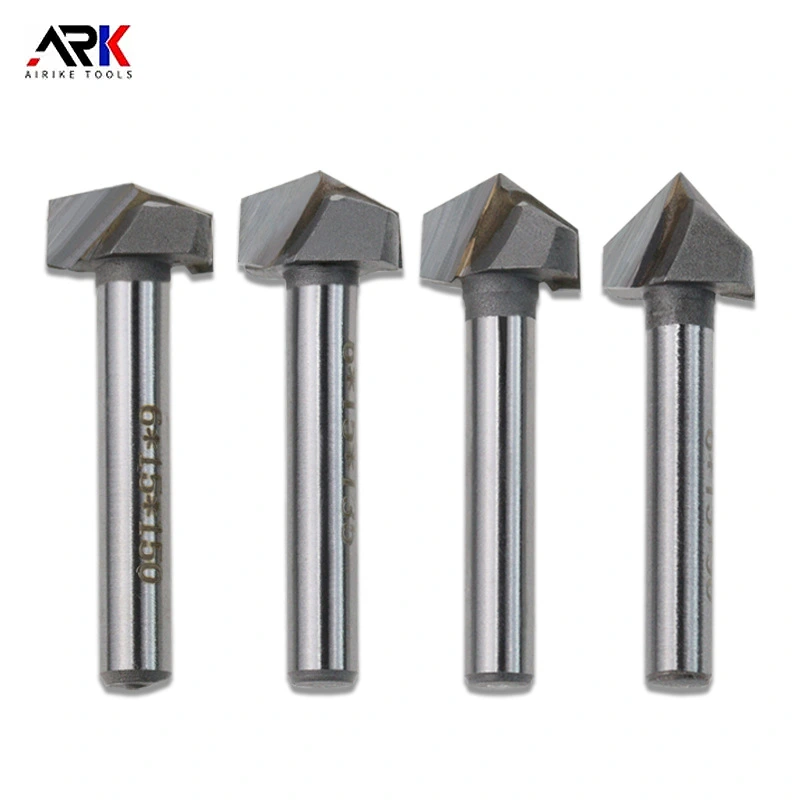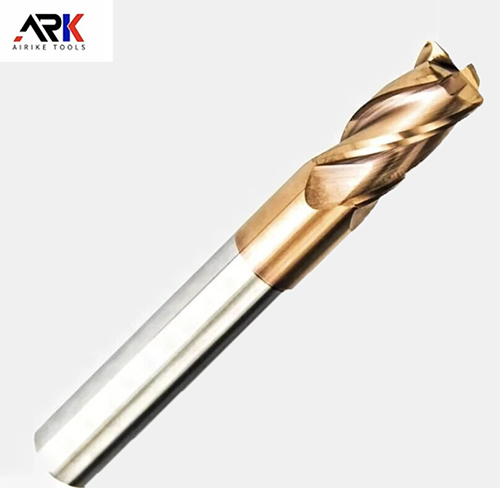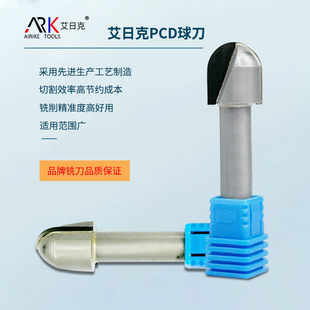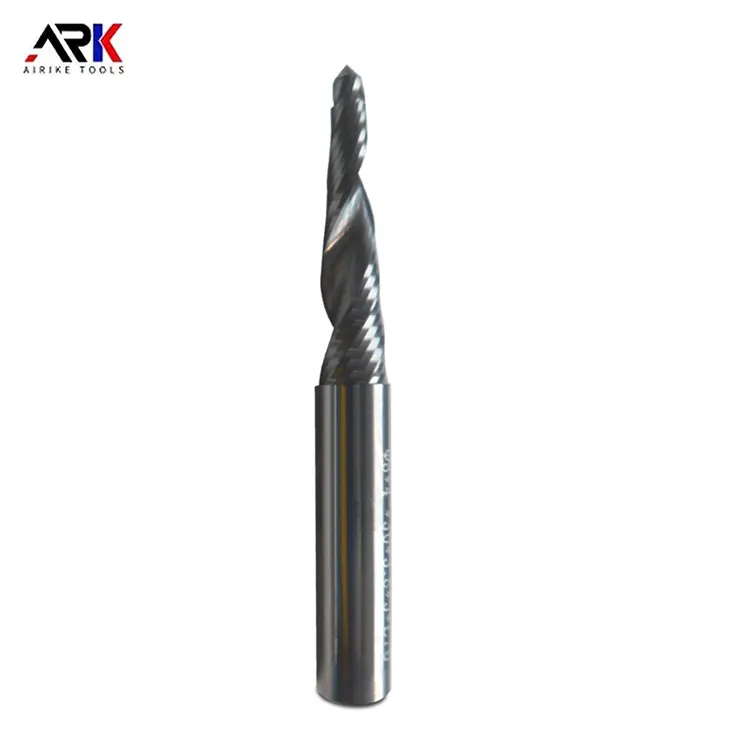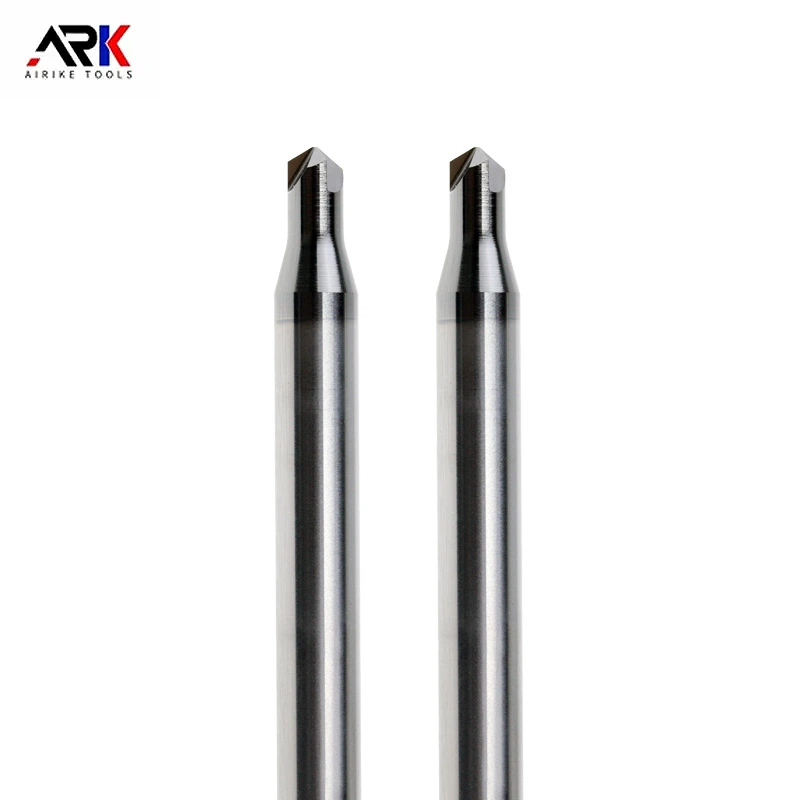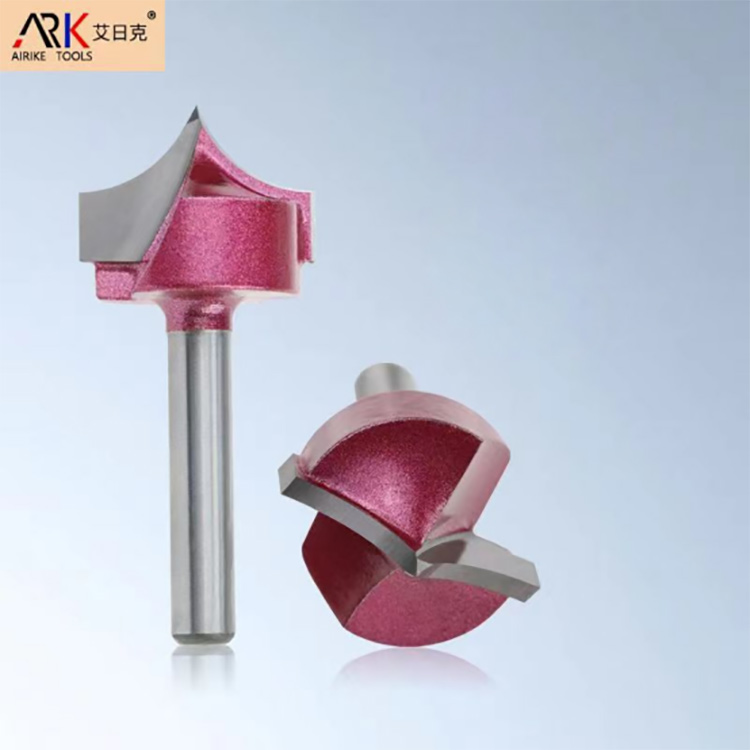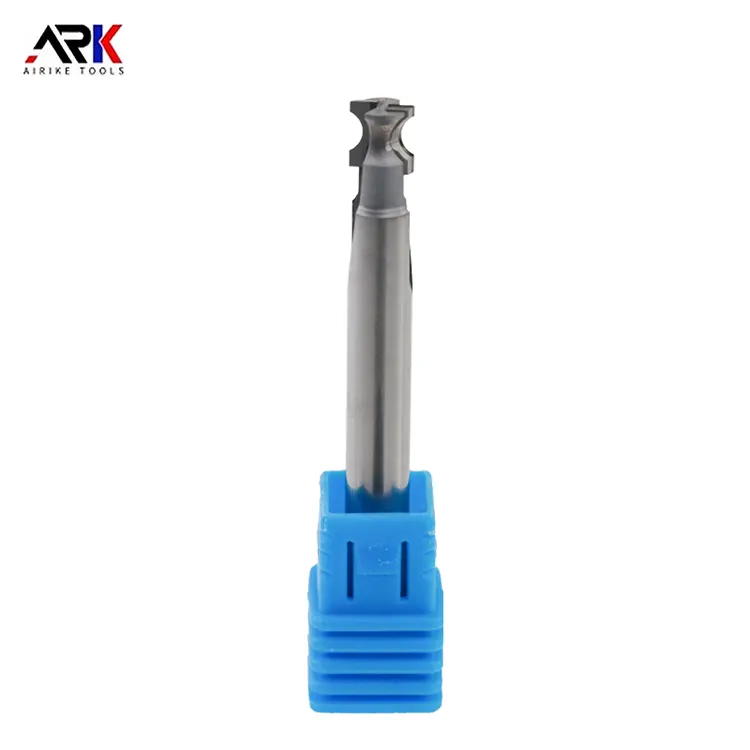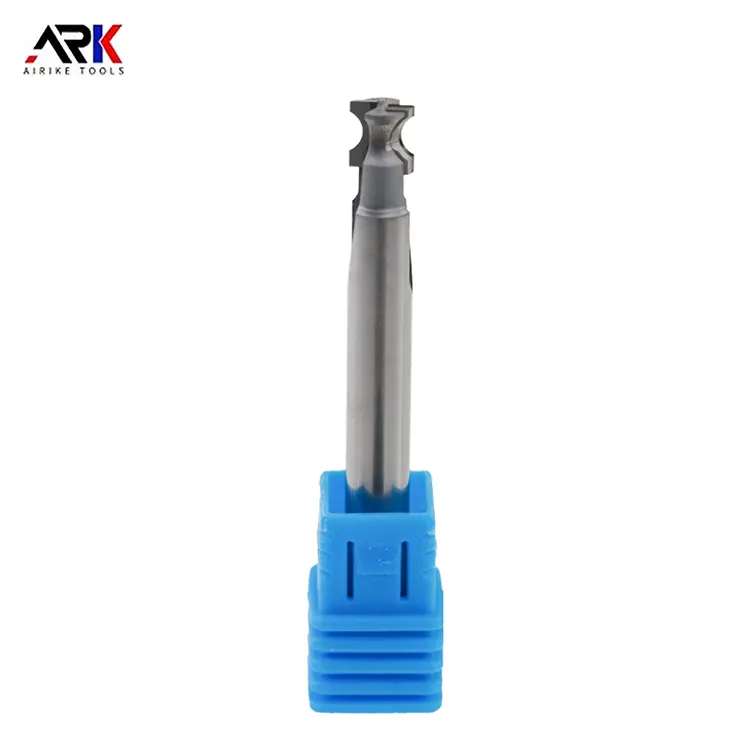Email Us
What is the geometric angle of graphite milling cutter?
Many people are not clear about the geometric angle of graphite milling cutter. In fact, the geometric angle of graphite milling cutter is not fixed, but determined according to specific processing requirements and tool type. The following are some common geometric angles of graphite milling cutters and their explanations summarized by Zhongyeda editor:
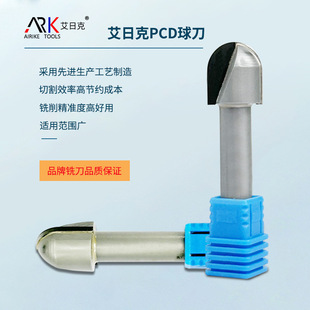
1. Helix angle
The helix angle is the angle between the spiral cutting edge and the milling cutter axis after it is unfolded into a straight line. The size of the helix angle has a significant effect on cutting performance:
Fine-tooth cylindrical milling cutter: The helix angle is generally between 30° and 35°.
Coarse-tooth cylindrical milling cutter: The helix angle is generally between 40° and 45°.
The helix angle can make the teeth gradually cut into and out of the workpiece, increase the actual working front angle, make cutting light and stable, and form spiral chips, which is convenient for chip removal and prevents chip blockage.
2. Rake Angle
The rake angle is the angle between the cutting part of the tool and the surface to be processed, which has a significant impact on the cutting force and cutting temperature:
For processing graphite molds/graphite electrodes: it is recommended to use a negative rake angle (6°~10°) to enhance the strength of the tool edge and improve impact resistance and friction performance.
Milling steel: the rake angle is generally 0°~20°.
Milling cast iron: the rake angle is generally 5°~15°.
There is also a view that when finishing graphite, the rake angle can be controlled between 6°~10°.
3. Back Angle
The back angle is the angle between the back of the tool cutting part and the processed surface, which is used to reduce the friction between the back of the tool and the workpiece:
Graphite milling cutter: the back angle is generally between 10°~20°, and the specific value needs to be adjusted according to the tool material and processing conditions.
Cylindrical milling cutter: the back angle is usually between 12°~16°, with a small value for rough milling and a large value for fine milling.
It should be noted that the increase of the back angle may reduce the strength of the tool edge and increase the wear area of the back face. Therefore, it is necessary to make the tool as sharp as possible while ensuring sufficient heat dissipation performance and strength.
Fourth, other angles
In addition to the helix angle, rake angle and back angle, graphite milling cutters may also involve other geometric angles, such as the main deflection angle. The main deflection angle also has a certain influence on cutting force, cutting temperature and tool wear. Generally speaking, it is better to have a main deflection angle less than 30°, and it is not suitable for finishing if it is too large.
The above content about the geometric angle of graphite milling cutters is shared here. The geometric angle of graphite milling cutters needs to be determined according to specific processing requirements and tool types. When selecting geometric angles, factors such as cutting performance, tool strength and processing efficiency should be considered comprehensively.
- How to Choose Chamfering Cutter Brands? Three Steps to Find the Right Fit
- What are the parameters for graphite milling cutters?
- Is a spiral or straight flute woodworking milling cutter better for edge trimming?
- Can diamond-tipped Engraving Machine Milling Cutters handle ultra-fine detail engraving?
- How to Improve the Processing Efficiency of Woodworking Milling Cutters?
- What is the welding process for Welded Milling Cutters?
Contact Us
Paibang Industrial Zone, Henggang Town, Longgang District, Shenzhen
Copyright © 2025 Shenzhen Zhongyeda Precision Technology Co., Ltd. All Rights Reserved.


